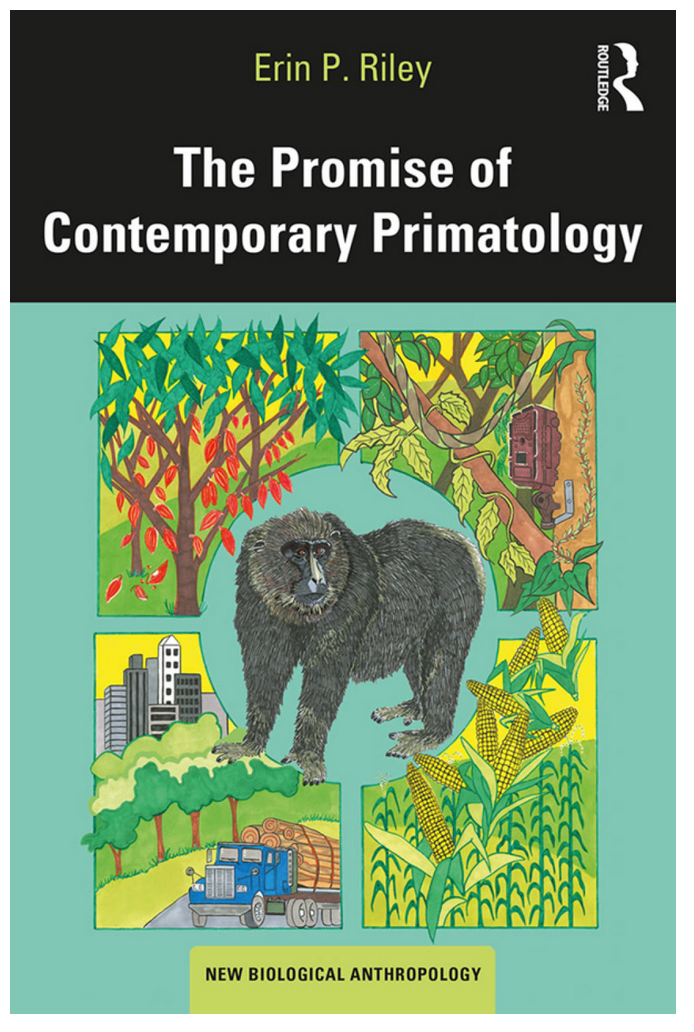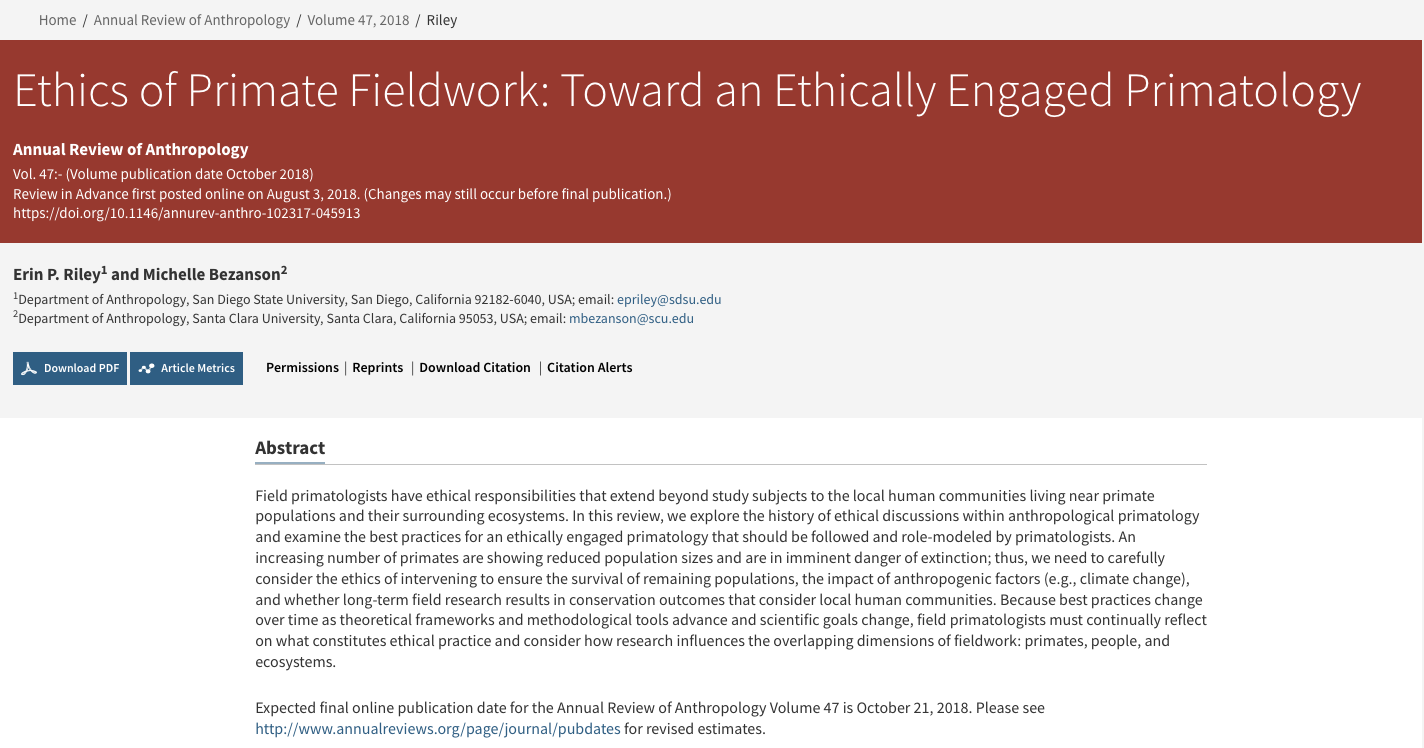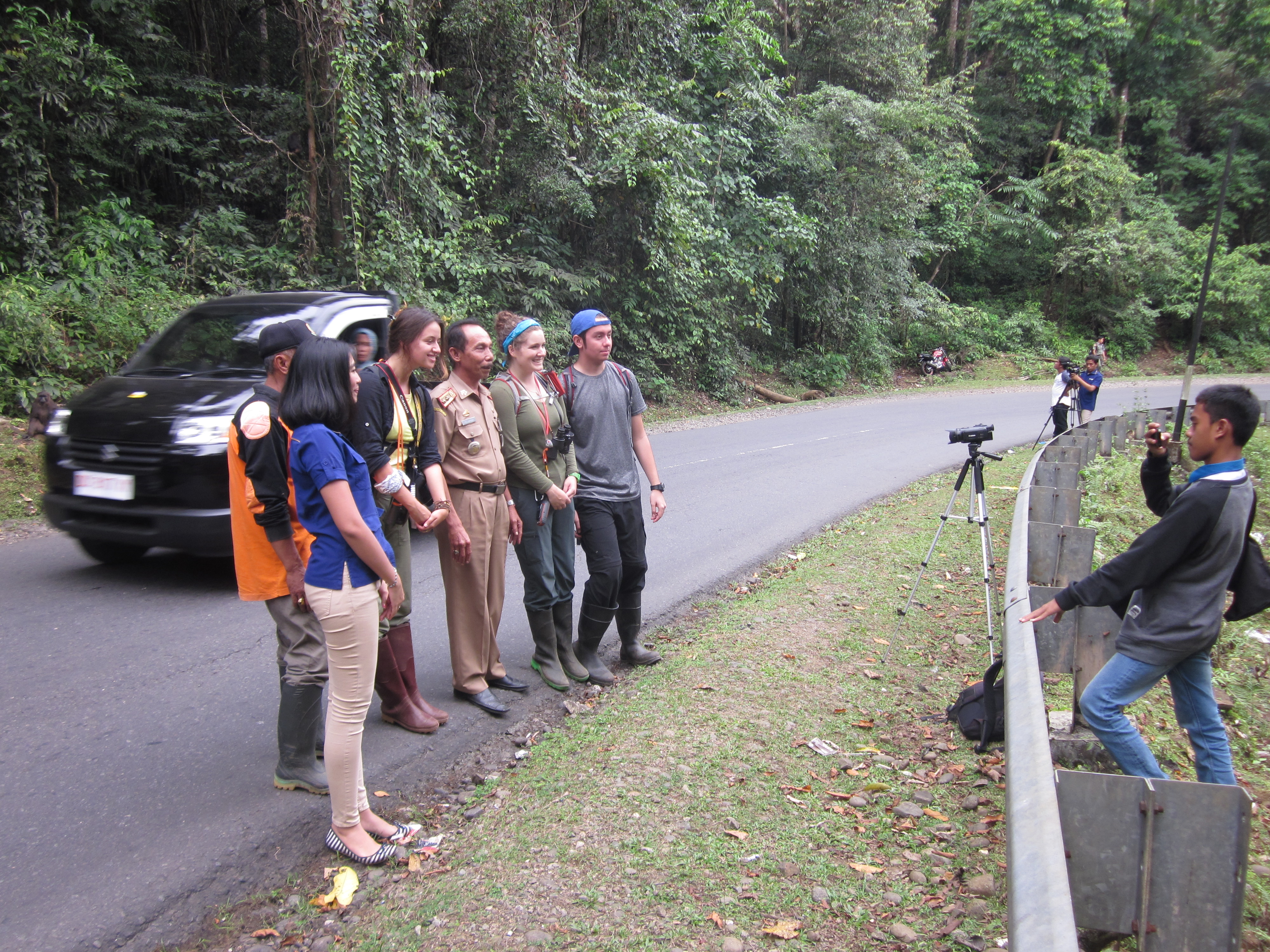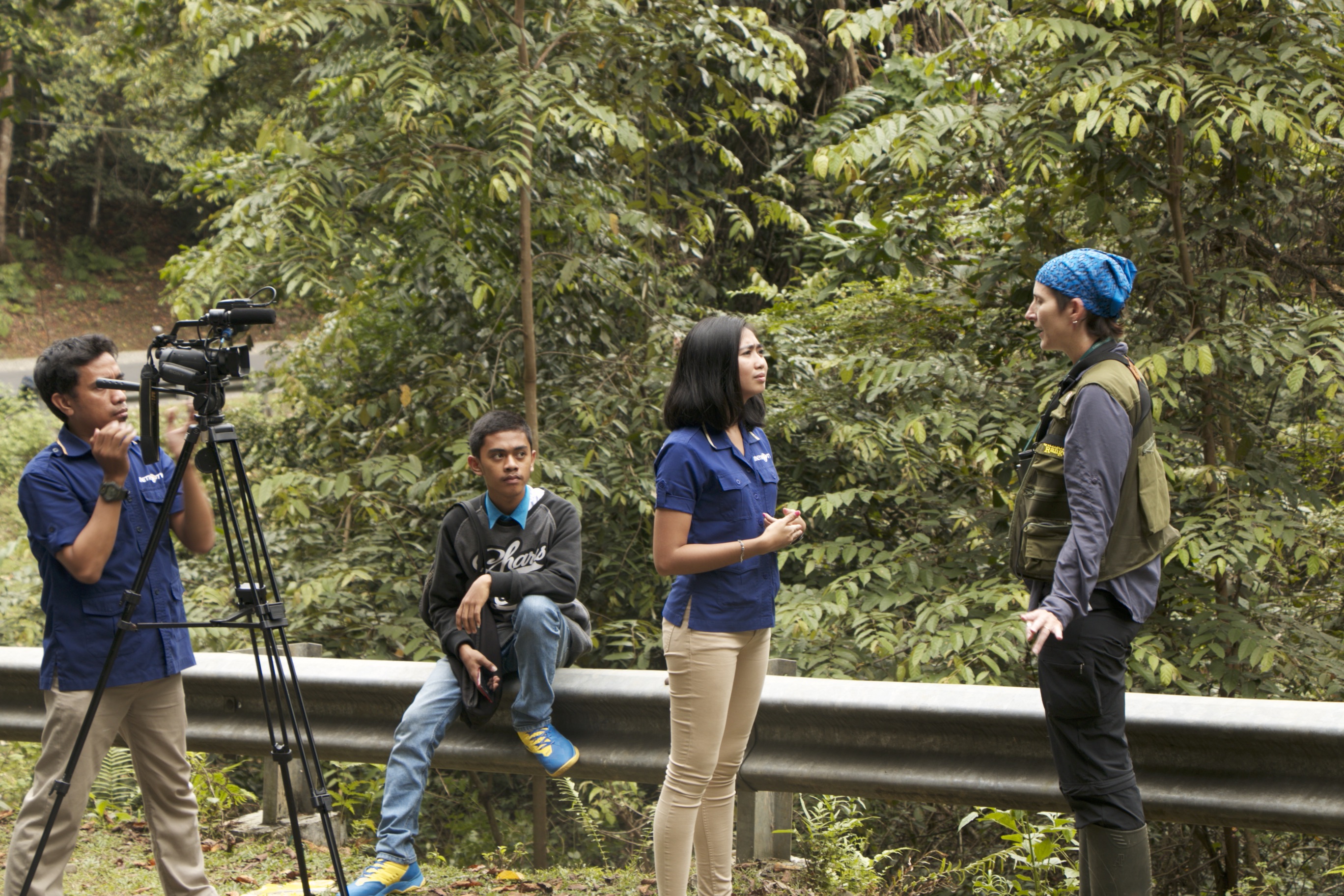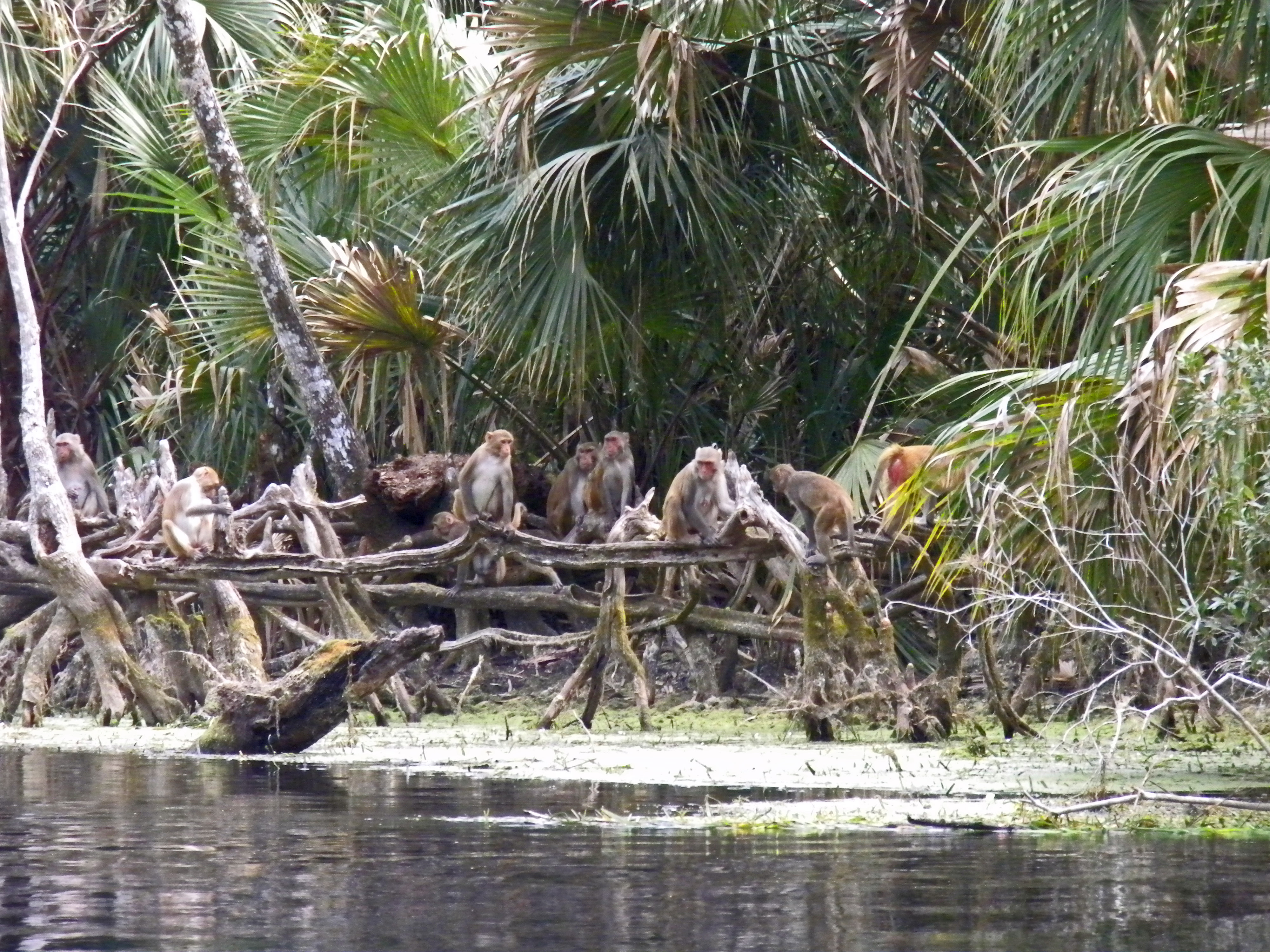New funding from the National Science Foundation to support field research in Sulawesi, Indonesia (2022)
I have received two grants from the National Science Foundation to support international student research experiences in Indonesia and to study the factors affecting foraging and provisioning in primates living in human-modified landscapes. The latter project is a collaboration with SDSU Professor Henry Scharf (Statistics) and SDSU alum, Dr. Amanda Ellwanger, who is currently a Lecturer at Perimeter College.
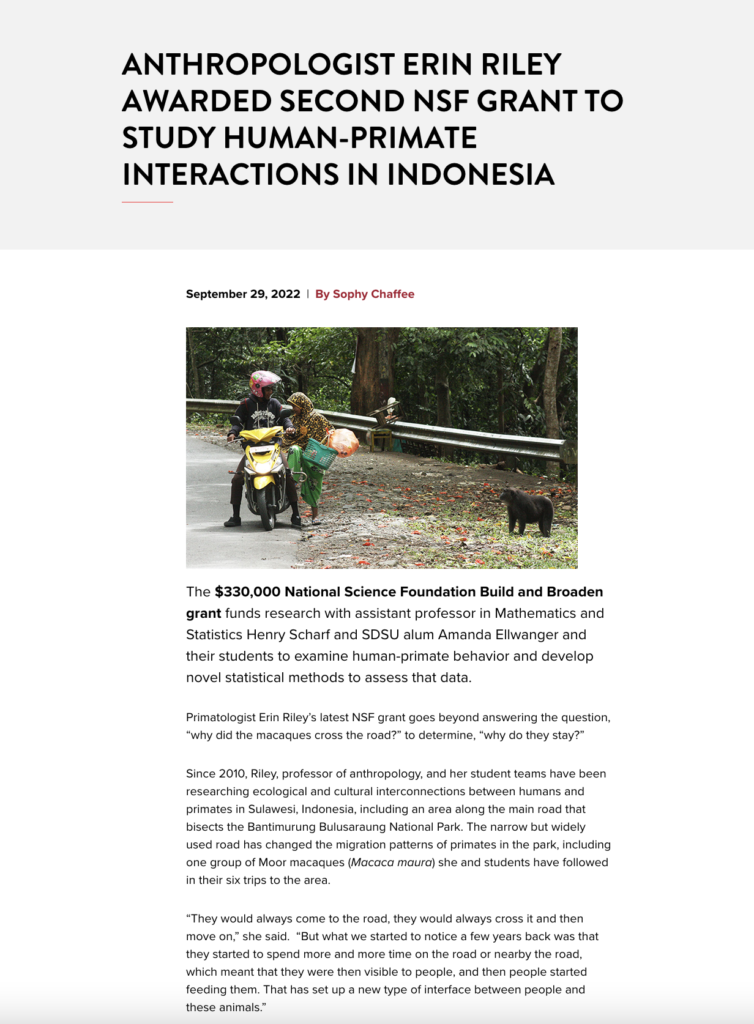
New article on the impact of provisioning the ranging patterns of the Endangered moor macaque (March 2021)
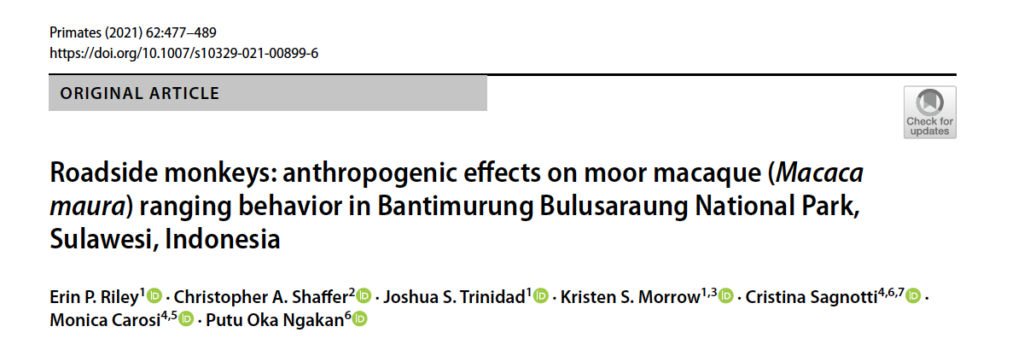
New commentary on primatology in the COVID-19 era (July 2020)
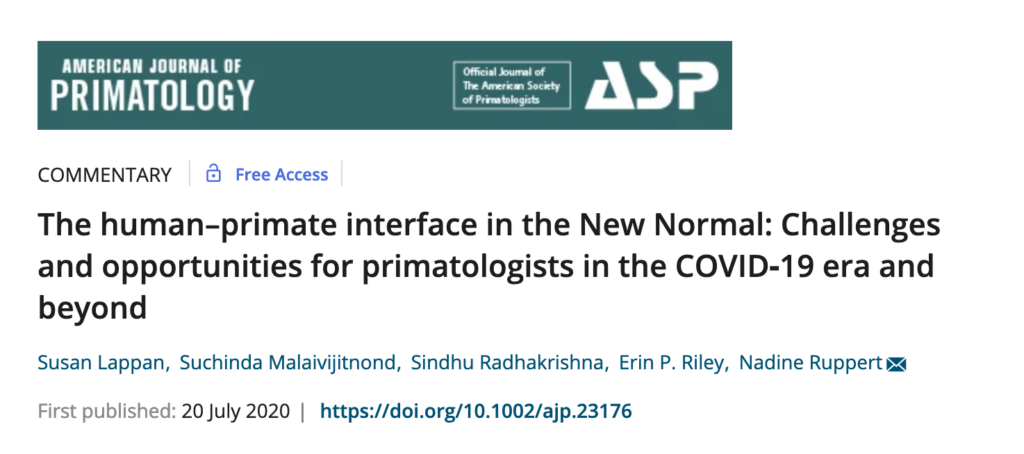
Human-primate interfaces, including provisioning, research activities, hunting, primate-related ecotourism, and the keeping of primates as pets, can result in close spatial proximity and may lead to physical contact, thereby creating opportunities for zoonosis (disease transmission). In this article, we identify challenges and opportunities at human-primate interfaces in light of COVID-19 and measures adopted by governments to stop its spread. Some of the challenges that the pandemic has caused for primates include loss of nutrition, increased competition for food and other resources, and increased poaching risk. At the same time, opportunities to reduce the intensity of problematic human-primate interfaces as well as opportunities for community education have arisen. Accordingly, we make specific recommendations for researchers working with wild primates (e.g., adopting safety protocols, modeling safe and appropriate practices, developing educational materials). Reducing the risk of zoonotic disease transmission and promoting the well-being of humans and primates in areas where they coexist will require substantial changes from “business as usual”; primatologists can play an important role in helping lead the way.
New media piece on moor macaques and the dangers of provisioning primates in the COVID-19 era (May 2020)
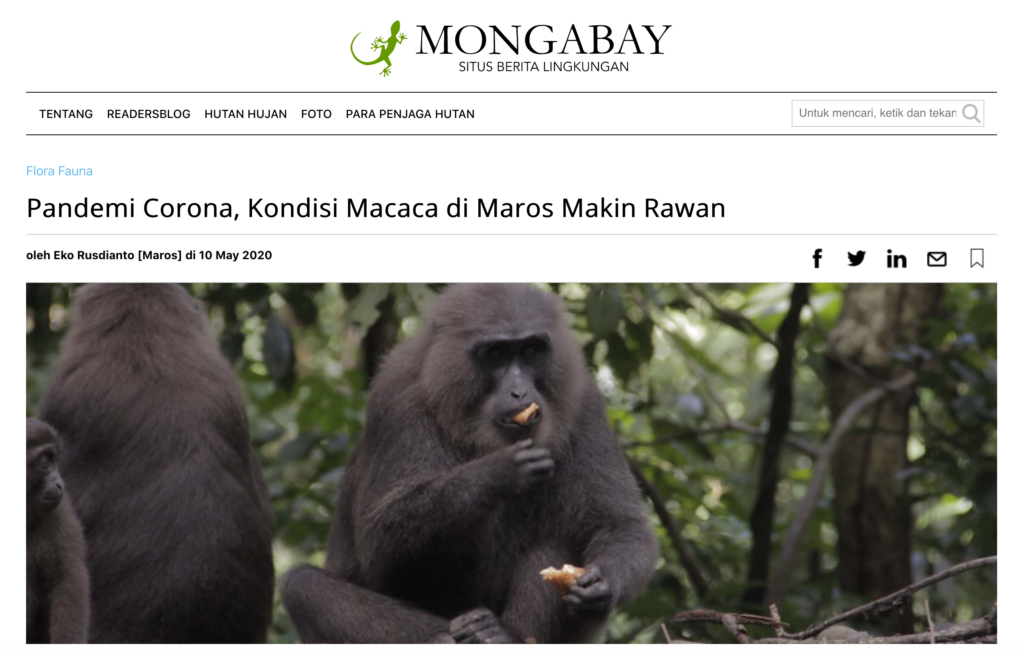
New book (September 2019)
I am super excited to share that my new book, titled “The Promise of Contemporary Primatology,” has been published by Routledge, Taylor & Francis!!
In 1973, Sherwood Washburn, one of the founders of field primatology, published a paper titled “The Promise of Primatology” in which he offered his vision of what primatology is and what he hoped it would become. In my book, borrowing from Washburn, I articulate what I see as the promise of contemporary primatology. I argue for a contemporary primatology that recognizes humans as integral components in the ecologies of primates; uses a broadened theoretical lens and methodological toolkit to study primate behavior and ecology in increasingly anthropogenic contexts; and, seeks points of intersection and spaces for collaborative exchange across the natural sciences, social sciences, and humanities.
I envision this book appealing not only to primatologists and biological anthropologists, but also to students and scholars interested in integrative anthropological research (e.g., biocultural anthropologists, human-animal studies scholars), science studies, and conservation and evolutionary biology.
As a teaching tool, I see the book serving multiple roles. It could be used as a primary text for advanced undergraduate and graduate seminars in biological anthropology, as way to explore contemporary primatology (as a subfield of bioanthropology) and current trends in integrative anthropology. The book can also play an important role in theory and technique courses in primate ecology and behavior, complementing existing primatology textbooks by providing examples of how and why the anthropogenic context is integral to our understanding of primate ecology, behavior, and conservation. It could also be adopted in advanced seminars in bioanthropology, human-animal studies, human ecology, anthropology of conservation, and research problems in anthropology.
Help victims of the earthquake and tsunami that hit Palu, Sulawesi, Indonesia (September 2018)
A 7.5 magnitude earthquake struck the city of Palu, Central Sulawesi, Indonesia on Friday evening, Sept. 28, 2018. The earthquake triggered a tsunami with waves more than 10 ft high that ravaged the city, killing hundreds of people and flattening thousands of buildings. There is a video circulating in the news and social media that shows the impact and destruction of this tragedy. Currently more than 800 people are confirmed dead, but the death toll continues to rise. Hundreds of others are injured, thousands of homes have been destroyed, and Palu’s infrastructure has been severely damaged.
The island of Sulawesi, Indonesia is near and dear to my heart, as I lived in Palu and nearby Lindu for 2 years while conducting my dissertation research. And, the Lindu highlands (approx. 50 km from Palu), which remain one of my field sites, were just hit by an aftershock on Sunday evening, resulting in further devastation in a highly remote area. Telecommunication channels have been down, so it’s been difficult getting information from my friends and family in Palu and Lindu, but it is slowly coming in. Fortunately, so far, many people are safe, BUT their homes are completely destroyed. I am heartbroken for them.
At this point, it has been very difficult to get relief to those in need because of Palu’s infrastructural damage. But, there are still ways to help. This article in the Jakarta Post and this article identifies global and Indonesian humanitarian organizations in Indonesia that will be assisting with the recovery.
I have also initiated a fund raising campaign through GoFundMe to help support my friends’ and colleagues’ recovery and the rebuilding of their lives. I will guarantee that the funds will go directly to help. Here is the link if you are interested in donating: https://www.gofundme.com/help-sulawesi-earthquake-victims
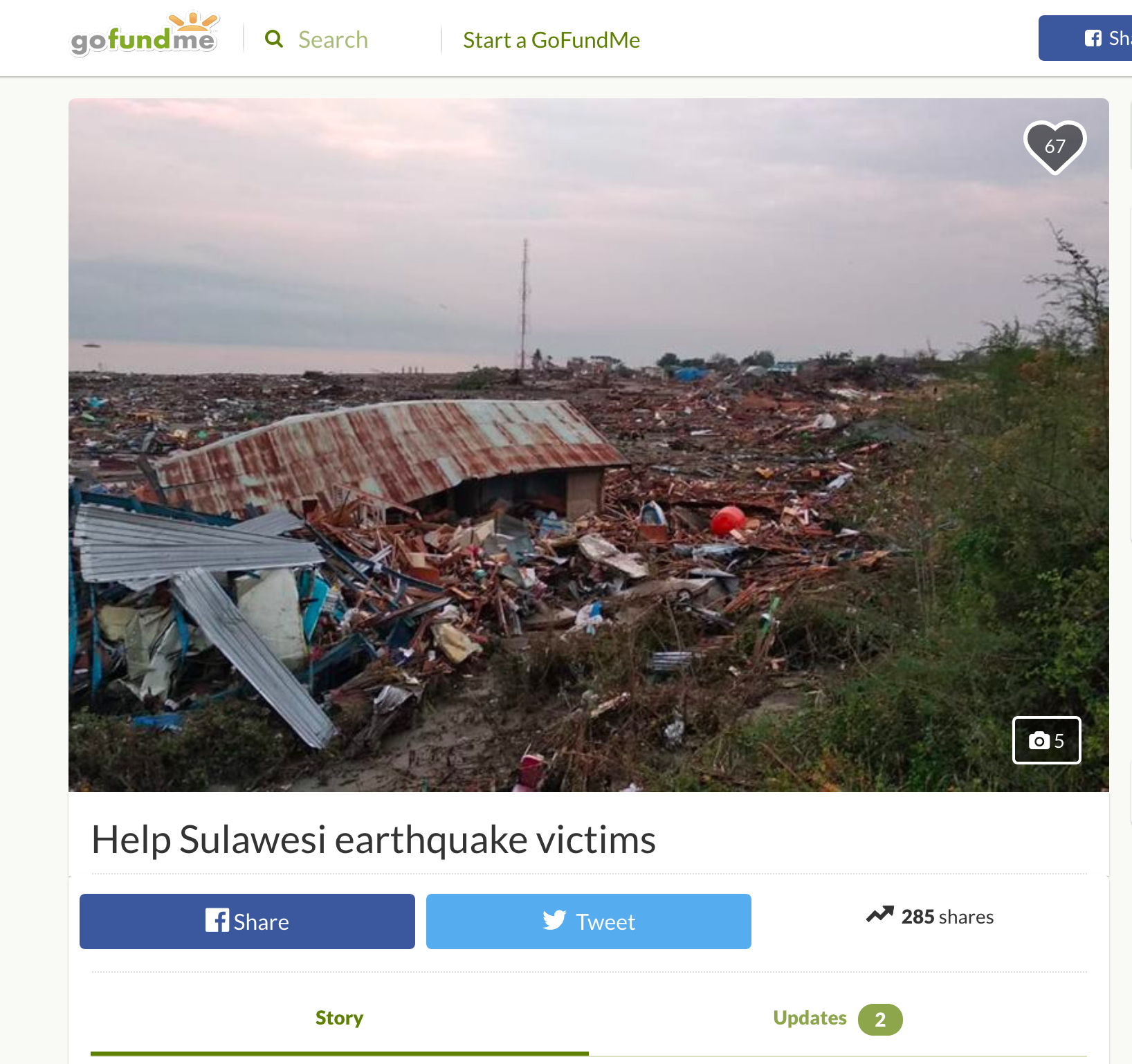
New leadership position in professional society
At the close of 2018 American Society of Primatologists (ASP) meeting, I joined the ASP Board of Directors as the Treasurer. My goals as an ASP Board Member are to expand ASP’s efforts to increase membership, particularly student and international memberships, and facilitate integrative exchange across the diverse fields represented by the ASP.
New publication (October 2018)
Two new book publications (2017)
- My new edited volume (co-edited with Kerry Dore and Agustin Fuentes) titled Ethnoprimatology: A Practical Guide for Research at the Human-Nonhuman Primate Interface has been published by Cambridge University Press (April 2017). It is available for purchase here or via Amazon Smile. If you use Amazon, please consider choosing American Society of Primatologists as your charity organizations; a percentage of your purchase will help support primate conservation.
- The 3-volume International Encyclopedia of Primatology has been published! This massive effort was led by Editor-in-Chief, Agustin Fuentes and his team of Associate Editors, which included myself. Ten former or current SDSU students are included as authors . You can purchase it here.
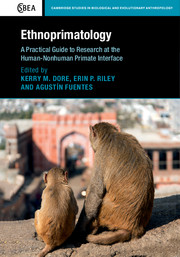
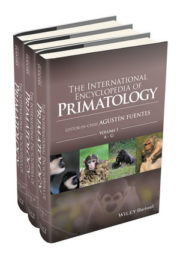
Interview by Metro TV – Jakarta, Indonesia (July 2016)
My students, Kristen Morrow, Kate Jameson, and Josh Trinidad, and I are featured in Metro TV’s coverage of the moor macaques being fed along the road in TNBABUL, Sulawesi, Indonesia. Check out the video (interview begins at 5:01)!
Publication in Primates (2016) + media coverage
Check out my new publication co-authored with graduate student, Tiffany Wade, on the ethnoprimatology of Florida’s Silver River macaques. The research, which was funded by a grant from National Geographic Society/Waitt Grants Program, has been spotlighted by SDSU Newscenter, Discovery News, and Phys.Org.
